It is easy to assume the washing machine can handle just about anything that gets dirty. After all, it is designed to scrub, rinse, and spin everything from sweaty gym clothes to muddy socks. But some everyday items can actually ruin your washer, damage your clothes, or lead to serious mold and bacteria buildup. Knowing what to keep out of your machine can help you avoid expensive repairs and keep your items in good shape for longer. Here are 11 things you should avoid putting in your washing machine, even if it feels convenient.
Delicate or Lacy Bras
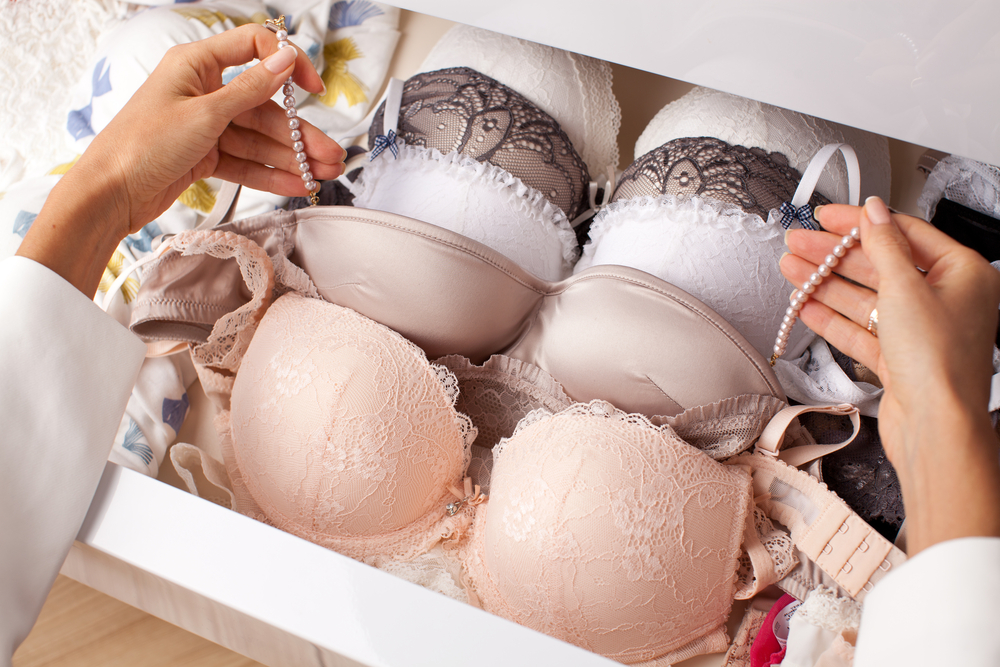
Many people toss their bras into the machine without thinking twice. The problem is that lace and underwire materials are fragile. Washing machines, especially top loaders with agitators, twist and tug on these items. Over time, this can break the elastic, warp the underwire, and tear delicate fabric. Even in a mesh laundry bag, the machine may still damage them. Instead, hand-washing bras with cold water and gentle soap helps preserve their shape and stretch. Letting them air-dry flat also extends their life. If you must machine wash, use a lingerie bag and a short, delicate cycle with cold water.
Running Shoes or Sneakers
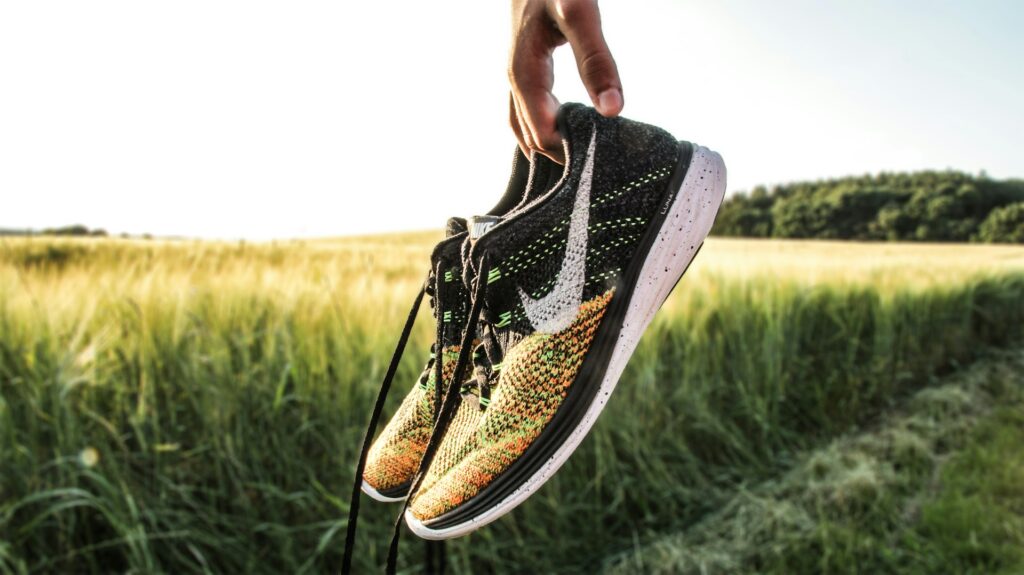
Throwing sneakers into the washer is tempting after a muddy jog or a sweaty session at the gym. But washing machines can be rough on shoe materials. The pounding and tumbling can loosen glue, weaken the sole, and cause the shape to warp. Detergents can also degrade foam cushioning and breathable fabrics. Some shoes even contain leather or suede parts, which should never be exposed to water or heat. A better approach is to remove the insoles and laces, clean those separately, and use a soft brush and mild soap to scrub the shoes by hand. Air-drying helps them keep their shape and prevents odor buildup.
Pet Hair-Covered Items
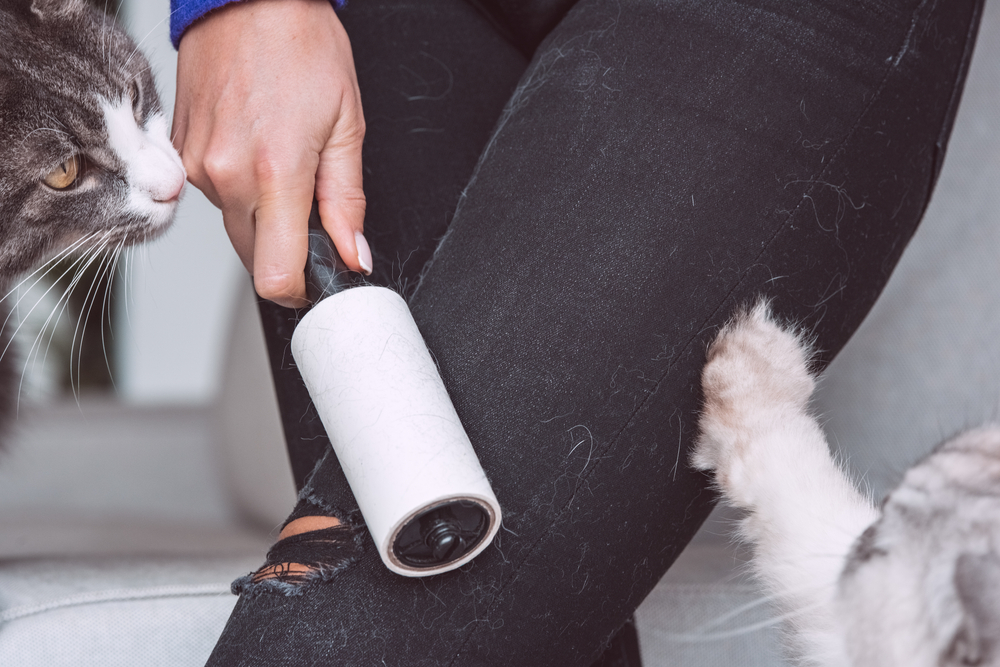
Blankets and clothing covered in pet hair might seem washer-safe, but that fur can clog your machine. When wet, pet hair becomes clumpy and sticky, sticking to the drum, filter, and drain. This buildup can eventually block drainage and reduce cleaning efficiency. Before washing, use a lint roller or rubber glove to remove as much hair as possible. You can also toss items into the dryer on air-only or low heat for 10 minutes first. The lint trap will catch loose fur, making the item safer to wash afterward. Cleaning your machine’s filter regularly can also help prevent fur-related problems.
Memory Foam Pillows
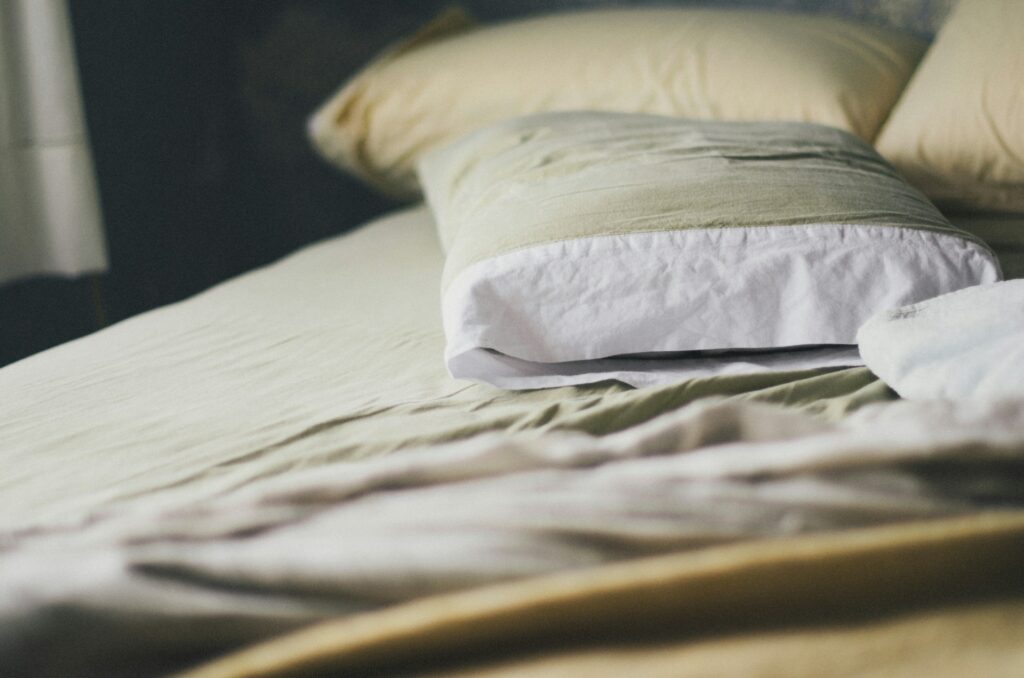
Memory foam does not belong in a washing machine, no matter how dirty it gets. The water saturation and spin cycle can break down the foam’s internal structure, leaving it lumpy or completely unusable. Unlike standard fiberfill pillows, memory foam does not bounce back well after intense agitation. Washing also increases the risk of mold growth since foam takes a long time to dry. Instead, spot clean with a mild detergent and damp cloth. You can deodorize memory foam by sprinkling baking soda on it, letting it sit for a few hours, then vacuuming it off.
Items with Heavy Zippers or Metal Parts
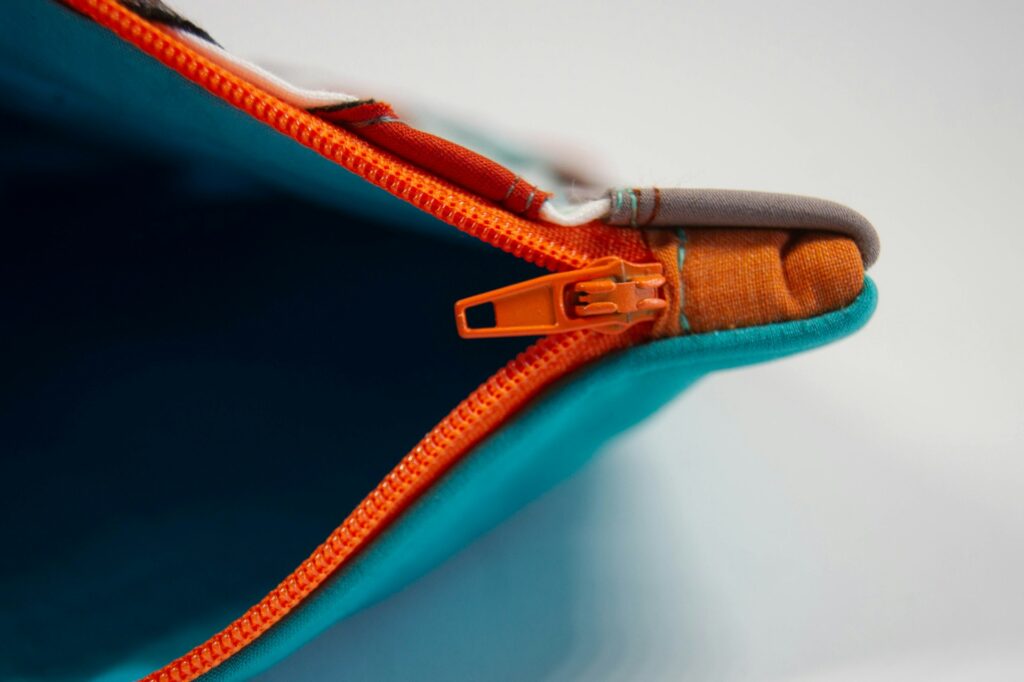
Clothing with large zippers, metal snaps, or hooks may seem machine-friendly, but these features can damage your washer and other clothes. The metal can scratch the drum, get caught in the agitator, or snag delicate fabrics during the cycle. It can also create unbalanced loads that cause loud banging or excessive vibration. If you do choose to machine wash these items, zip everything up and turn garments inside out. You can also put them in a pillowcase or laundry bag for extra protection. But for especially heavy or sharp pieces, hand-washing is safer.
Cashmere and Wool Sweaters
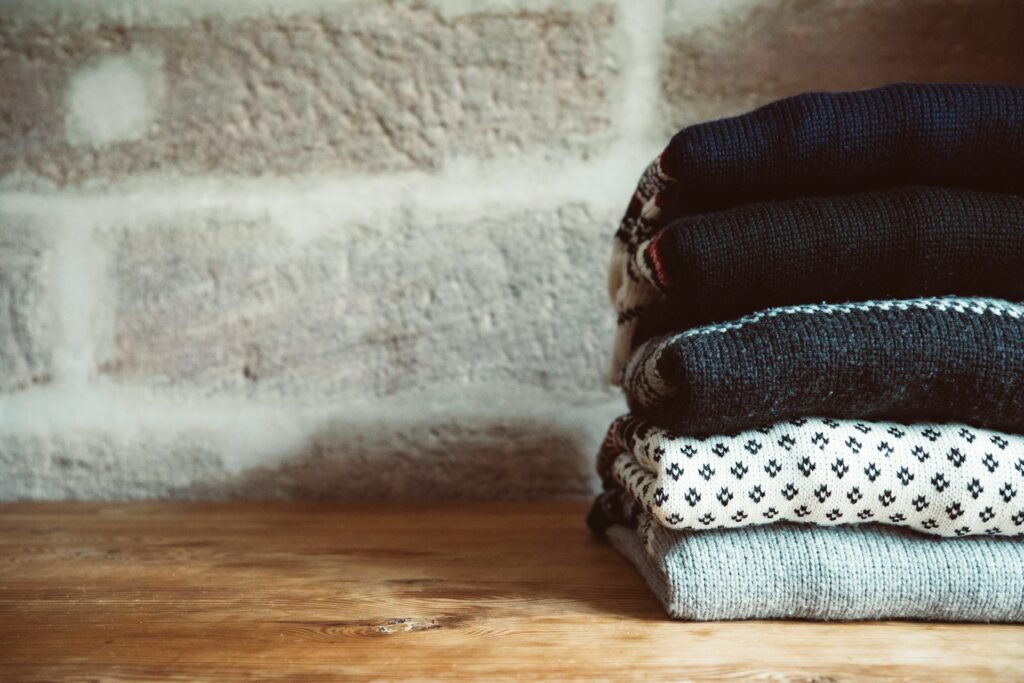
Wool and cashmere are natural fibers that react poorly to machine agitation and hot water. Washing them like regular clothes often leads to shrinking, pilling, or misshapen fabric. The fibers can felt together, making the fabric stiff or bumpy. Even the spin cycle can stretch or distort the shape. Hand-washing in cold water with a specialized wool detergent is the best method. Gently squeeze the water out without twisting or wringing. Lay the garment flat to dry on a towel and reshape it while damp. This preserves softness and structure.
Suits and Blazers
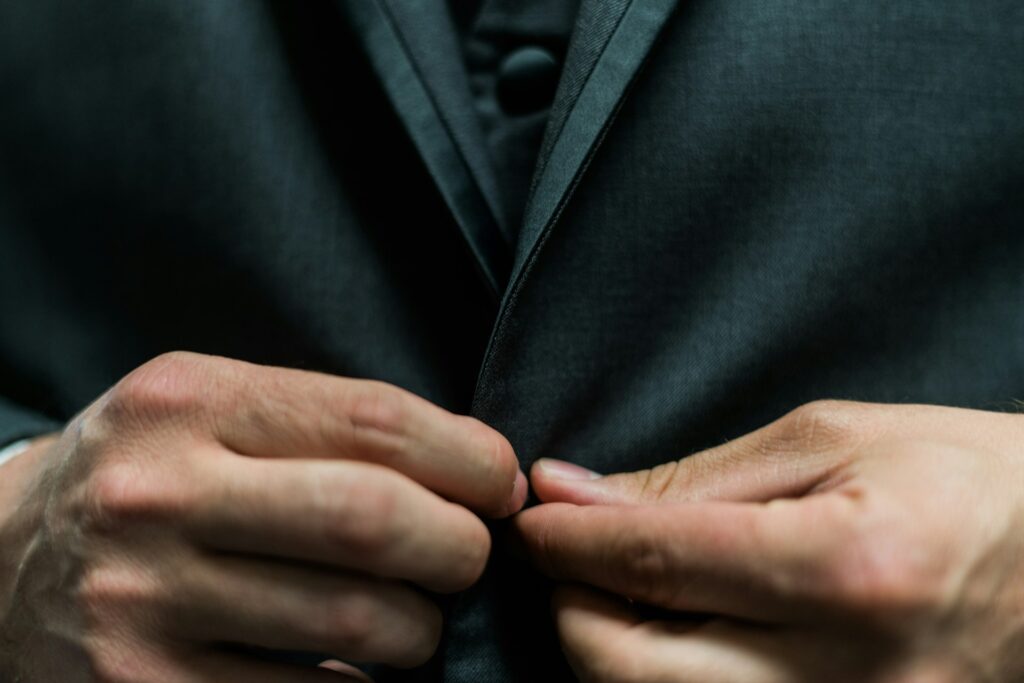
Structured garments like blazers and suits have internal stitching, padding, and linings that do not survive a machine wash. The washer can deform shoulder pads, wrinkle linings, and damage the outer fabric, especially if it is wool, silk, or linen. These items are designed to be dry cleaned for a reason. If you want to freshen them up between cleanings, use a steamer or fabric refresher spray. Hanging them in a well-ventilated area can help reduce odors. Spot cleaning small stains is usually safe as long as you test a hidden area first.
Backpacks and Bags with Leather or Metal Frames
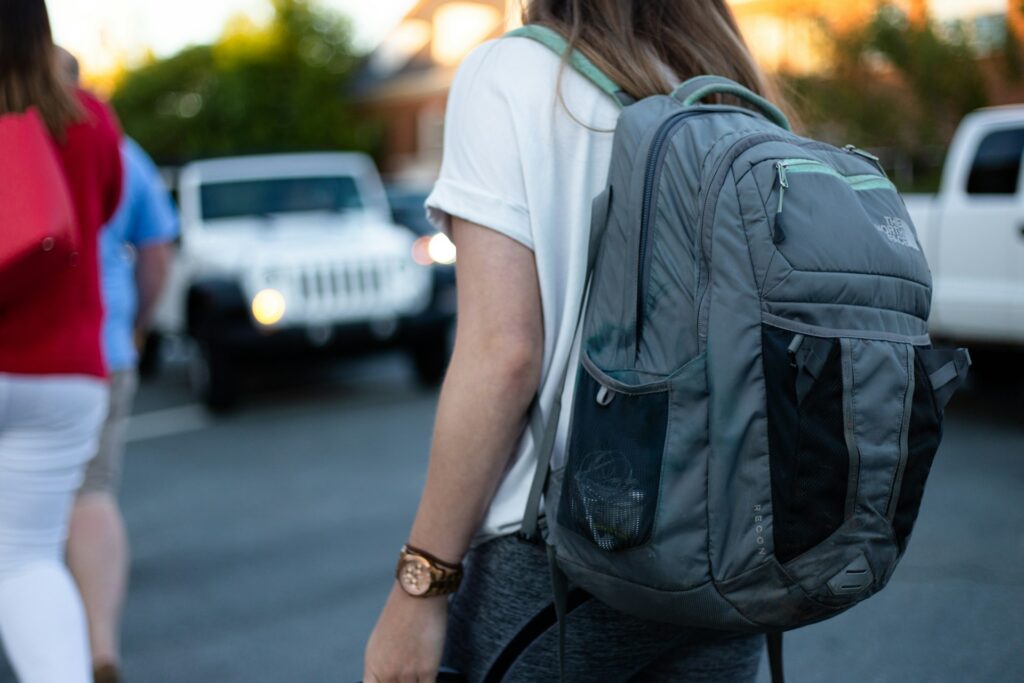
While some canvas backpacks may survive a gentle cycle, bags with leather trim, metal frames, or plastic reinforcement should not go in the washing machine. The materials may warp, crack, or become discolored when soaked in water or exposed to detergent. Machine washing can also damage zippers, seams, and logo designs. Instead, wipe the outside with a damp cloth and mild soap. For fabric linings, vacuum crumbs and dirt first, then spot clean with a cloth. If needed, check the care tag or brand website for specific cleaning instructions.
Curtains with Rubber Backing

Curtains with rubber or foam backing are often used to block light, insulate rooms, or resist moisture. But the washer can easily break down these backings, especially in warm water or on a spin cycle. Once the backing deteriorates, the curtain loses its function and may leave flakes inside your drum. Always read the care label first. Many of these curtains require hand-washing or a gentle wipe-down with a damp cloth. You can also vacuum them with a brush attachment to remove dust. Air-drying flat or on a clothesline helps prevent the backing from peeling.
Baby Items with Loose Fillings
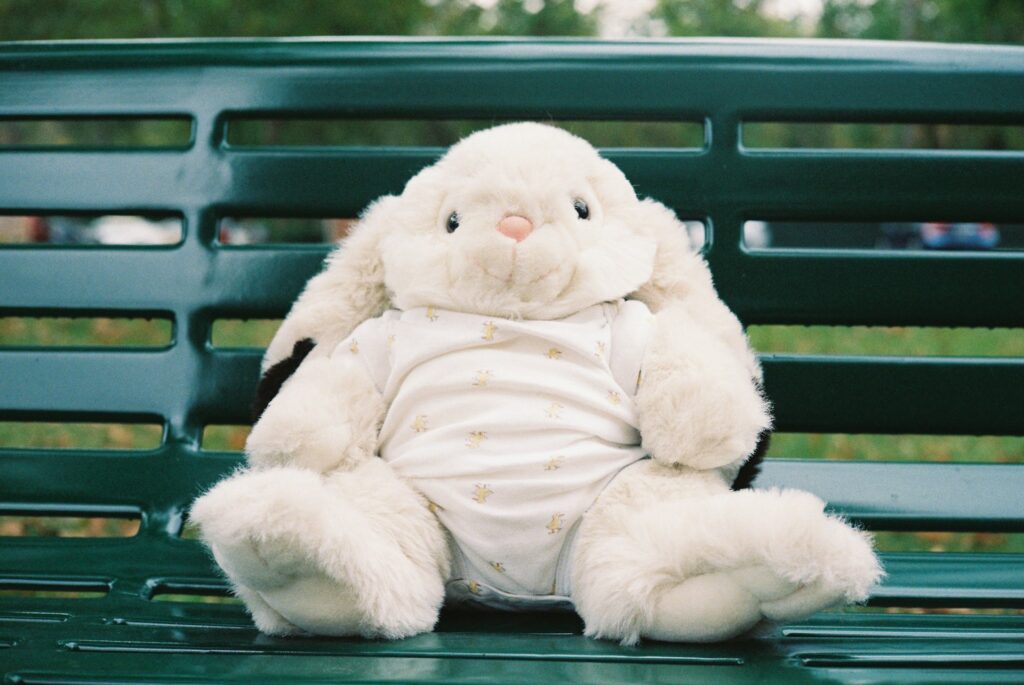
Baby items like stuffed animals, bibs with foam centers, or toys with internal sound components might seem washable. However, many of them contain fragile parts that cannot withstand water or spin cycles. The seams may split, stuffing can clump, and water exposure may ruin sound features. Washing these items incorrectly also poses a risk for mold or mildew if they do not dry completely. It is best to spot clean with a mild soap and warm water. For stuffed animals, you can use a pillowcase and wash on a delicate cold cycle if the label allows, followed by thorough air drying.
Items with Flammable Stains
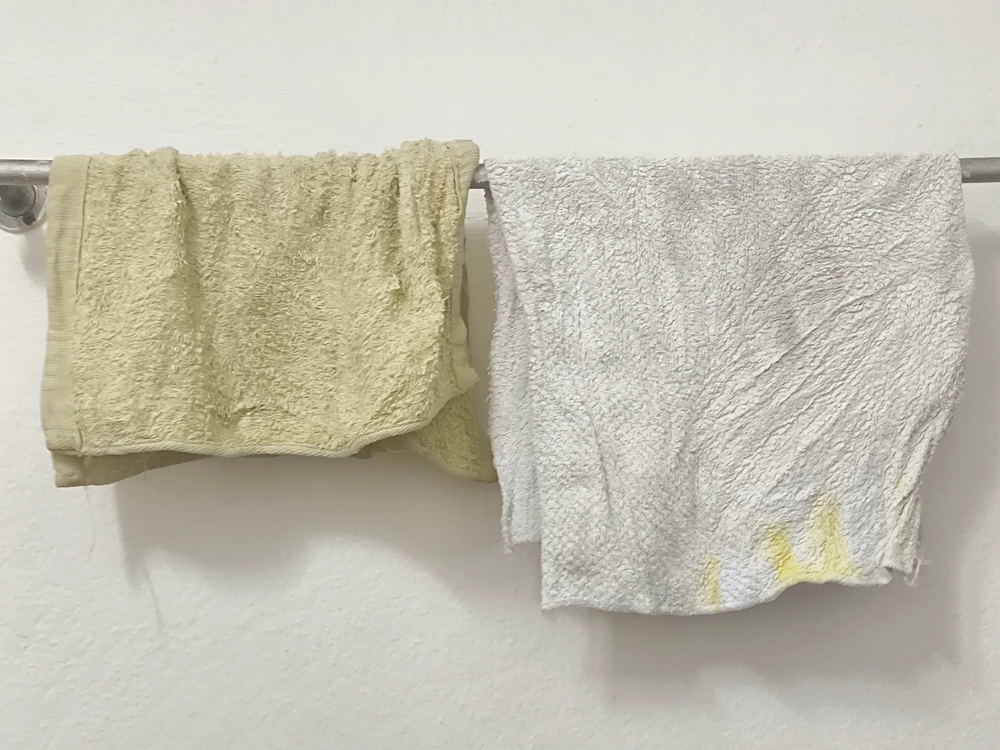
Clothing or rags soaked in gasoline, cooking oil, paint thinner, or other flammable substances should never go in a washing machine. Even after rinsing, trace residues can remain and create a fire risk in the dryer. Some of these chemicals can also damage the machine’s internal parts or leave behind odors that are hard to remove. Instead, place the item in a well-ventilated area to air out completely. Once dry, check with local guidelines on how to dispose of or clean chemically contaminated fabric. In many cases, it is safer to discard the item altogether.
Read More: 12 Surprising Things You Should Never Recycle at Home
Disclaimer: This article was created with AI assistance and edited by a human for accuracy and clarity.

